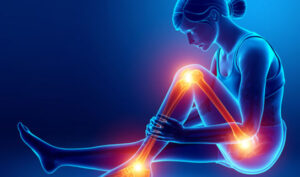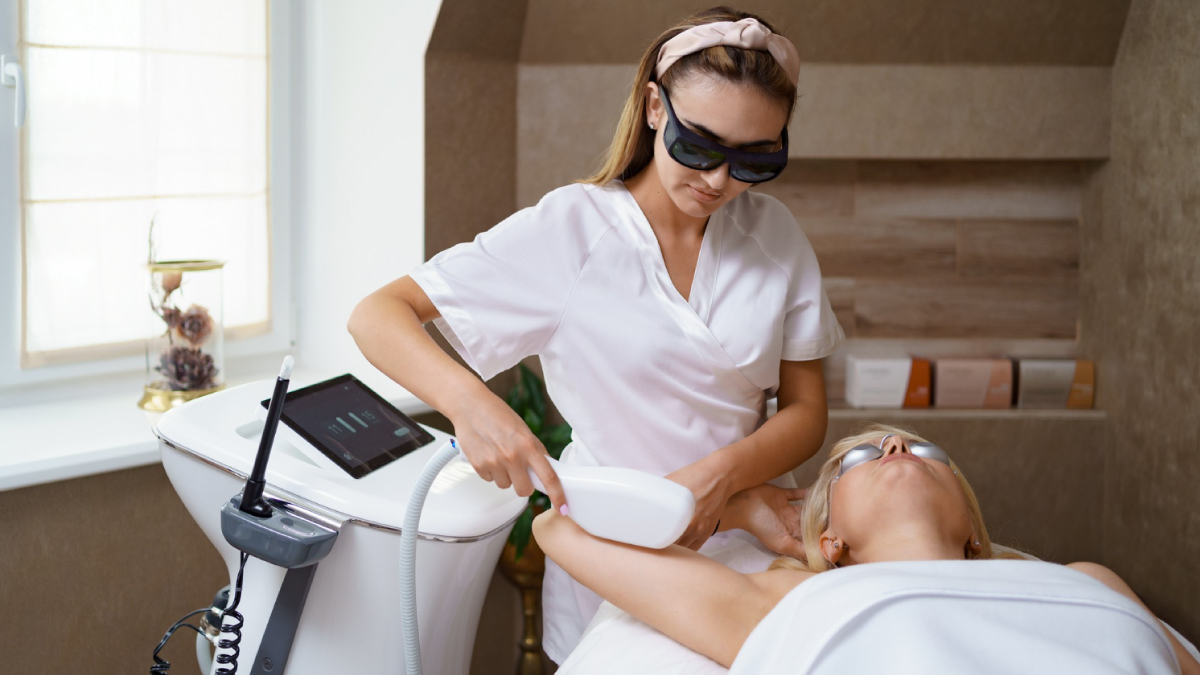As an assisted living mobility and accessibility expert, I’ve seen firsthand the incredible impact that thoughtful design can have on providing seniors with greater access to their environment. The goal is to provide a safe, comfortable, and engaging experience for those who need it most. Understanding mobility and accessibility in assisted living is essential to creating a successful facility.
I believe that every senior should be able to enjoy life without worrying about how they will move from one place to another or if they’ll be able to reach something important. That’s why I’m passionate about helping others understand the critical elements of successful Mobility and Accessibility strategies in Assisted Living Facilities.
From specialized walking aids to accessible bathrooms, there are countless ways we can make sure our elderly loved ones feel safe and secure when moving around their homes or visiting other places. By understanding these key components of Mobility and Accessibility in Assisted Living, we can ensure that all seniors have the opportunity to live independent lives full of possibility!
Definition Of Assisted Living
Assisted living is a type of senior care that provides residents with necessary living assistance in order to maintain independence and quality of life within an assisted living facility. Assisted living services exist for seniors who are able to live independently, but need help with certain daily tasks such as meals, transportation, grooming and medication management.
The goal of assisted living is to create a safe environment where elderly adults can engage in meaningful activities and receive the support they need while preserving their dignity and independence. While some facilities offer more comprehensive levels of care than others, all strive to promote physical health and emotional wellbeing by providing appropriate personal services tailored to each individual’s needs. In addition, many assisted living communities provide activities like exercise classes, educational seminars, spiritual counseling, music therapy programs, day trips and outings — all aimed at helping aging adults stay active mentally and physically.
At its core, assisted living seeks to foster relationships between staff members and residents so that everyone feels safe and supported. The best assisted living communities embrace this philosophy by offering access to specialized medical professionals who understand how important mobility and accessibility are when it comes to caring for older adults transitioning into residential care. With this in mind, let’s explore the benefits of mobility and accessibility in greater detail…
Benefits Of Mobility And Accessibility
As we’ve discussed, assisted living is an invaluable service that enables seniors to age in place with dignity and respect. Mobility and accessibility are two key components of this type of care which can drastically improve the quality of life for those who require extra assistance. In order to understand how these benefits can help someone live a more independent lifestyle, let’s take a closer look at what mobility and accessibility have to offer.
First, there are numerous options when it comes to mobility aids that provide enhanced safety measures for those living with limited physical capabilities or chronic medical conditions. From wheelchairs and walkers to scooters and lifts, mobility devices can make getting around easier while providing peace-of-mind knowing our loved ones are safe from falls.
Second, many communities now feature accessible housing designs which allow residents greater freedom of movement within their home environment without having to worry about tripping hazards or other obstacles that may impede progress. Universal design concepts like wider doorways and hallways combined with grab bars in showers and bathrooms create safer spaces while installing ramps instead of stairs provides improved access into homes both indoors and out.
Finally, understanding the needs associated with aging-in-place helps us ensure all individuals receive the highest level of support possible so they can remain active participants in their own lives no matter what challenges they may face physically or mentally. By combining innovative mobility solutions with intuitive accessibility options tailored specifically toward individual requirements, everyone has the opportunity to reach their full potential thereby leading fuller, healthier lives. With this knowledge in hand, let’s move forward towards learning more about types of assistive devices available today…
Types Of Assistive Devices
When it comes to assisted living, there are a variety of assistive devices that can help improve mobility and accessibility for residents. From wheelchair lifts to mobility scooters, grab bars to adjustable beds, stair lifts to ramps – the possibilities are endless! Here’s a list of some of the most popular types of assistive devices:
– Wheelchair lifts
– Mobility scooters
– Grab bars
There are many ways these assistive devices can be used in an assisted living environment. For instance, wheelchair lifts allow residents with limited mobility to access higher levels in their home or apartment building. Mobility scooters provide independence and freedom for those who may struggle with walking long distances. Grab bars and adjustable beds make it easier for seniors to get in and out of bed without assistance. And finally, stair lifts offer a safe way for individuals to climb stairs while avoiding potential falls.
All these options ensure that seniors have more control over their daily lives and enjoy greater comfort in their homes. With so many choices available, finding the right device is key depending on individual needs and preferences. That’s why it’s important to consult with experts before purchasing any type of assistive device for assisted living facilities. Now that we’ve explored different types of assistive devices, let’s move on to exploring adaptations made within the home environment.
Adaptations To The Home Environment
“As the old adage goes, ‘If there’s a will, there’s a way.’ When it comes to providing support in the home environment for those with mobility and accessibility needs, there are several adaptations that can be made. From adaptive furniture such as recliners and adjustable beds to mobility aids like walkers and wheelchairs, these modifications help ensure individuals can move safely throughout their homes. Customized doorways also provide more space for movement from room to room. In addition, wheelchair ramps or lifts can make entering and exiting the house easier for people who use them. Finally, accessible showers with specialty seating offer stability so users can bathe independently at home. With all of these accommodations in place, safety is increased while promoting greater independence among residents living in assisted living facilities.
Legal Considerations For Providing Support
Now that we’ve discussed adapting the home environment to support mobility and accessibility, it’s important to consider legal considerations when providing services in assisted living. Understanding these requirements is essential for ensuring safe and effective care. Here are four key points of consideration when offering assistance:
- Legal responsibilities should be clearly outlined between all parties involved in providing care including caregivers, service providers, and family members.
2. Assisted living facilities must adhere to specific regulations designed to ensure the safety and wellbeing of residents.
3. Accessibility requirements such as wheelchair ramps or elevators need to be taken into account during any necessary home modifications.
4. Support services should include training on how best to meet each individual resident’s needs while also adhering to applicable laws and regulations.
It is imperative for caregivers to stay informed about current standards and guidelines so they can confidently provide quality care in accordance with local, state, and federal laws related to assisted living residences. A sound understanding of these aspects allows them to develop meaningful relationships with residents while delivering appropriate levels of support without compromising their own well-being or professionalism. With this knowledge comes the ability to identify potential issues early on which can help prevent costly mistakes down the road. Moving forward, let’s explore what type of training is required for those who work in an assisted living setting – a critical element in successfully meeting everyone’s needs within a supportive atmosphere!
Training Requirements For Caregivers
Providing proper training for caregivers is paramount to achieving mobility and accessibility in assisted living. Caregiver training should be comprehensive, covering all the necessary aspects of caring for those with limited mobility or access issues. To ensure quality support staff requirements must be met when delivering education on mobility and accessibility.
It’s important that caregiver instruction emphasizes the importance of providing a safe environment while helping residents maintain their independence. Training should focus on techniques such as transferring safely from bed to wheelchair, utilizing adaptive equipment correctly and maintaining balance while walking. Additionally, it should include appreciation of the unique needs of each resident regarding physical limitations and provide an understanding of how to approach different scenarios effectively.
Caregivers must also understand the mental effects associated with having difficulty getting around. Staff members need insight into how to handle emotions during times of frustration or feelings of helplessness due to lack of mobility. It’s essential they learn communication methods which help build trust and create positive relationships between themselves and the residents they are assisting.
The goal of training requirements is to equip caregivers with the knowledge required to provide meaningful care with compassion and effectiveness – enabling everyone within an assisted living facility experience greater levels of safety, comfort and dignity. With this foundation established, potential challenges in achieving mobility and accessibility can then be addressed more confidently in order to achieve true success.
Potential Challenges In Achieving Mobility And Accessibility
Achieving mobility and accessibility in assisted living can be a challenge. For many seniors, maintaining their independence is the top priority. Unfortunately, age-related health issues, physical disabilities, or cognitive impairments often make it difficult to achieve this goal.
One of the most common problems faced by those in assisted living is difficulty with mobility. Mobility difficulties can include anything from an inability to walk safely on one’s own to requiring assistance with basic tasks such as getting out of bed or using the restroom.
Accessibility barriers are another major issue facing those living in assisted living facilities. These obstacles can range from limited access to transportation options like buses and taxis to inadequate ramps or elevators at housing complexes. Additionally, medical care providers may not have the necessary experience needed when dealing with older adults who need special attention due to chronic conditions or dementia-related issues.
Assisted living communities must strive for balance between providing elderly individuals with enough autonomy so they feel empowered yet also offering them sufficient levels of supervision and support so they don’t become overwhelmed or isolated by their circumstances. Solutions should always focus on addressing both individual needs as well as environmental factors which could impede residents’ ability to move freely throughout their homes or within the community at large.
As an expert in the field of assisted living mobility and accessibility, it is clear that there are many considerations for providing support. Creating an environment that is accommodating for individuals with disabilities requires careful consideration and planning. This involves tasks such as selecting appropriate assistive devices, modifying the home environment to meet legal requirements, and collaborating with caregivers and those receiving care to ensure optimal mobility and accessibility for everyone involved. It is important to approach these tasks with a team effort and a mindset of collaboration and cooperation to achieve the best outcomes.
However, this can also come with certain challenges as well. Mobility and accessibility require knowledge of proper techniques, understanding regulations and laws related to their use, and patience while working through any issues which may arise. Despite these obstacles though, I believe that by taking into account all aspects of mobility and accessibility when designing an assisted living plan we can create successful outcomes for everyone involved.
Overall, assisted living presents unique opportunities for people to remain independent while still having access to necessary supports they need if needed. With careful planning and consideration of individual needs, creating accessible environments allows us to ensure that no one is left behind or unable to participate fully in life’s activities due to physical limitations.




